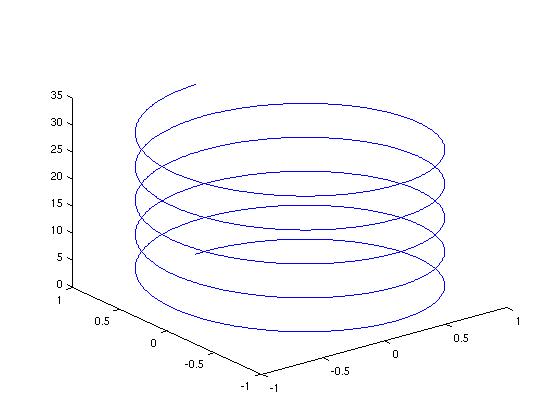


I created this page as a replacement for the very nice JODEapplet by Marek Rychlik. The value of k defaults to 0.01 if omitted. delta(x,k) approximates the Dirac Delta function using the Gaussian function exp(-(x/k) 2)/(|k|√π).step(x,a) is the unit step function, equivalent to when(x>a,1,0).This can be used to create piecewise-defined functions, such as when(x>0,x^2,y). if(condition, true-value, false-value) or when(condition, true-value, false-value).In addition to many standard functions (and some exotic ones), the following functions can be helpful for some DE modeling problems:.For example, I once solved an IVP for which the constant was C=2e+1, and realized that I got the correct plot when I entered … +(1+2e)e^(-x), while … +(2e+1)e^(-x) produced the wrong graph, because 2e+1 is interpreted 2×10 1=20. e can be entered as a simple constant (as can pi), but take care, because e also is used in exponential notation.For numerical input (such as the coordinates for an initial value), fractions and expressions are allowed for example, you can enter 5/3 instead of 1.6666666667, or sqrt(2), or pi/2.Absolute values can be entered as either |x| or abs(x).However, some alternate notations are also accepted (for example, arctan). The inverse trig functions should be entered as atan, asin, and acos (and similarly for inverse hyperbolic trig).Exponentiation (like 7 x) can be entered as either 7^x or power(7,x), andĮ x can be entered as e^x or exp(x).All functions must have parentheses-for example, use sin(x) rather than sin x, and ln(|x|) rather than ln|x|.Closing parentheses are not optional (unlike, say, on TI-84 graphing calculators).

x cos(x) or x y (There must be a space between x and cos, or x and y.).



 0 kommentar(er)
0 kommentar(er)
